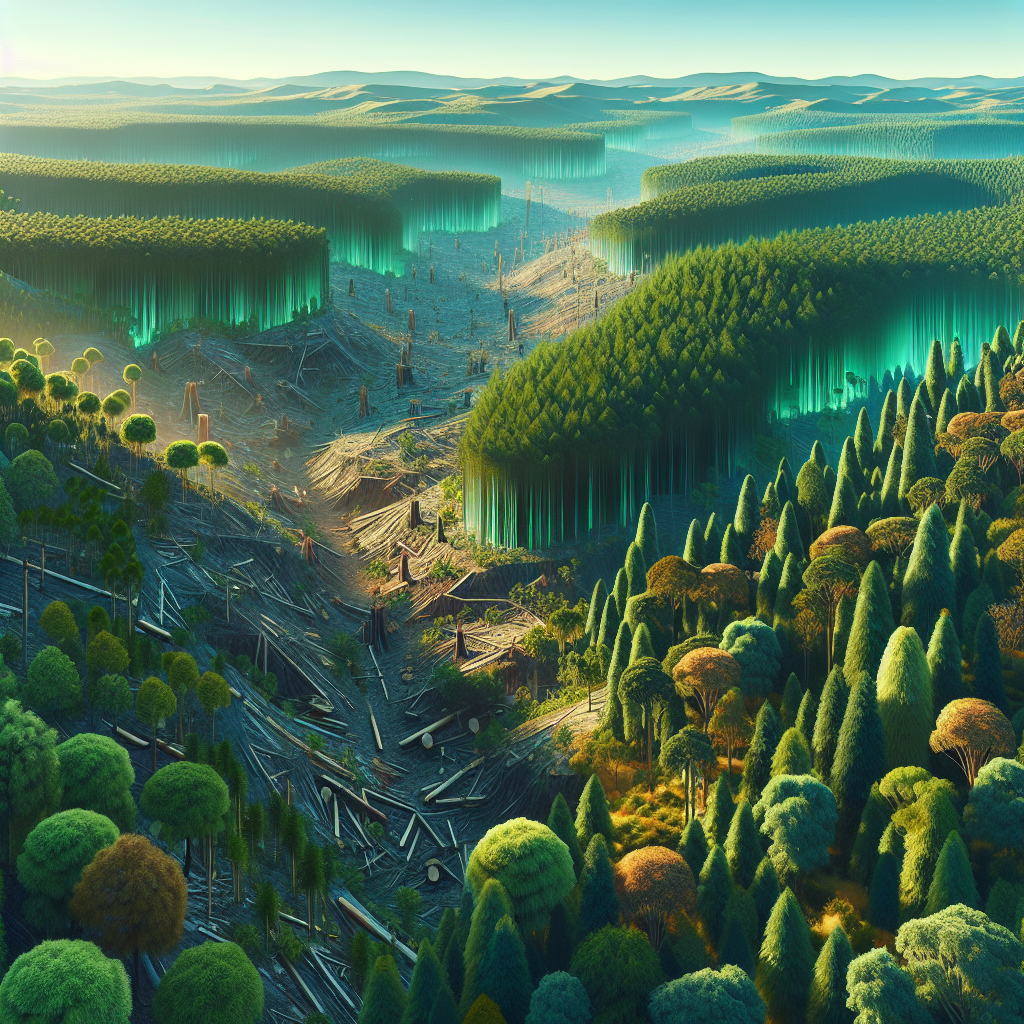If you thought Victorian forests were just lush playgrounds for tree-huggers and radical liberals, think again. Victoria, the southeastern jewel of Australia, has been dealing with deforestation—a challenge that's been evolving for decades and demands our attention today. In this grand theatre of nature, who are the players? You have the forestry industry, environmental groups, government bodies, and yes, Mother Nature herself. What’s happening? Well, areas that once flourished with vibrant native trees are now experiencing the cold sweep of chainsaws, depleting habitats year by year. Why is this significant? Because human civilization, thriving as it may seem, is interlinked with the fate of these forests.
Let’s dive into some details that matter. First, forests in Victoria are vast, covering around 8 million hectares. But they might not be as secure as they look. Logging here isn’t just about harvesting wood; it's about land conversion, which has led to catastrophic reductions in local biodiversity. With all the legal footwork and permits, you’d think this is a carefully controlled operation, but the reality is grim. Sure, it's a source of timber, but at what hidden costs?
Here's something you might not anticipate: this isn't just an environmental issue; it's a socio-economic one. Timber has been a vital component of Victoria's economy for ages, employed thousands, and provided critical materials. Yet, the demand for resources shouldn’t mean unsustainable practices without foresight. So, the question arises, can we manage forests responsibly while respecting economic needs?
Second, many will argue that reforestation and proper management could balance things out, and they’re not wrong. But the increasing population and urban sprawl add pressure. With more mouths to feed and houses to build, where do the resources come from? Reduced forest areas are a quick and dirty fix, leading us to immediate satisfaction but causing irreparable long-term damage.
What about the animals, you ask? Victoria’s forests are home to a myriad of species, some of which are critically endangered, like the Leadbeater’s Possum. As deforestation advances, these animals lose their homes, and their food sources diminish. The ecosystems that have flourished for centuries undergo irreversible changes, leading to loss of biodiversity — something that should ideally be preserved for future generations.
Third, some say natural disasters like bushfires are culprits in forest reduction rather than human activities. Fires do play their part, but studies suggest that it's a symbiotic mess of human interference and natural cycles. Climate change is exacerbating these fires, leading to more intense and widespread damage. So, while it’s comfortable to pin this entirely on nature, human actions are undoubtedly worsening the situation.
We've got harsh facts to face: the carbon emissions from deforestation are significant. Forests are our planet’s air purifiers, absorbing CO2 and giving back oxygen. When cut down, they're robbed of their ability to perform this critical function. The more we cut, the more carbon cycles into the atmosphere, erratically contributing to climate change—another worry for another day, right?
Fourth, the public perception of forestry often reeks of politics and activism. Some see it as necessary progress; others decry it as ecological vandalism. But one thing’s for sure, simplifying it to left versus right or black versus white misses the point. This issue is about making informed choices for the benefit of the entire society, whether they realize it or not.
One more aspect worth mentioning: policy and governance. Consistent policies tailored for sustainable management are in everyone’s interest. But drafting such policies is trickier than it seems, filled with economic debates and political tug-of-war. The risks of inadequate policy-making could lead to a situation where there's no forest left to argue about.
In essence, deforestation in Victoria is not some romantic novel of man versus nature. It's a multifaceted issue that requires an eye for understanding and action. Some viewpoints focus on economic growth, others emphasize conservation, but ultimately it’s understanding this balance that will guide us responsibly. Yes, it’s easy to label one side as tree-huggers and another as capitalists, but the actual need is in seeing beyond these titles and working for sustainable solutions.
With informed understanding and realistic action plans, we can secure a future for both Victoria's forests and its people. The narrative must grow beyond simple binaries into a shared responsibility. The forests are calling, and change is the only way forward.

